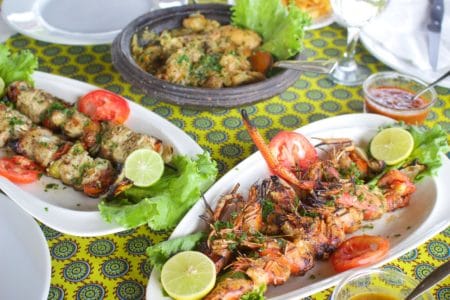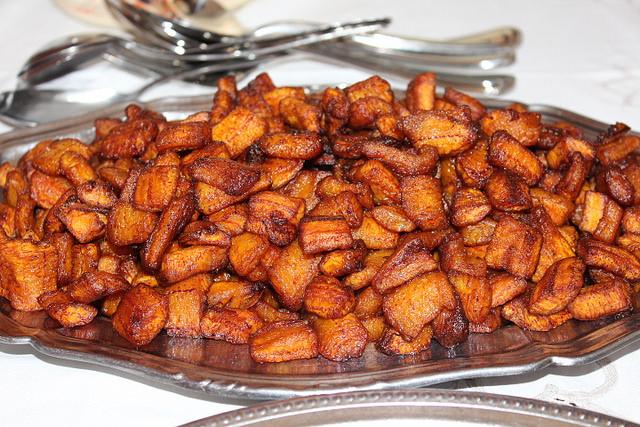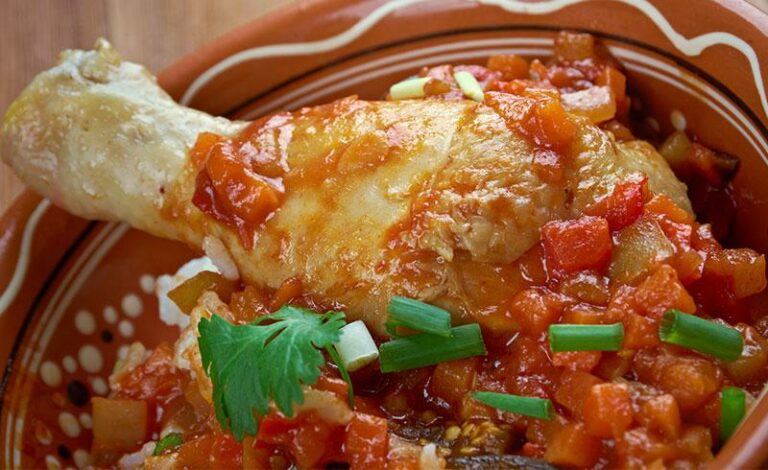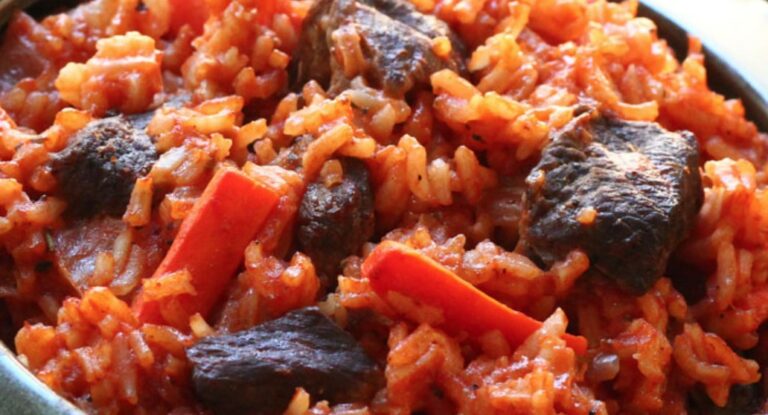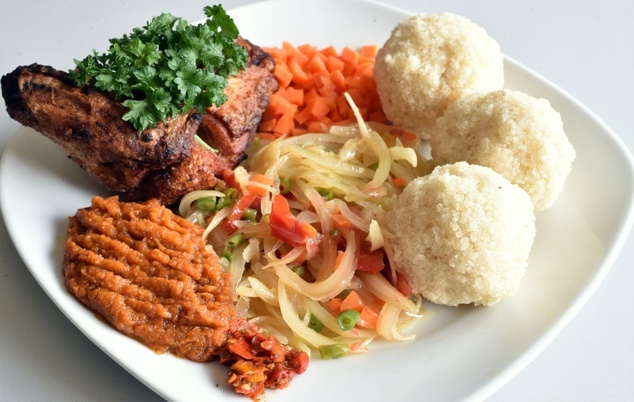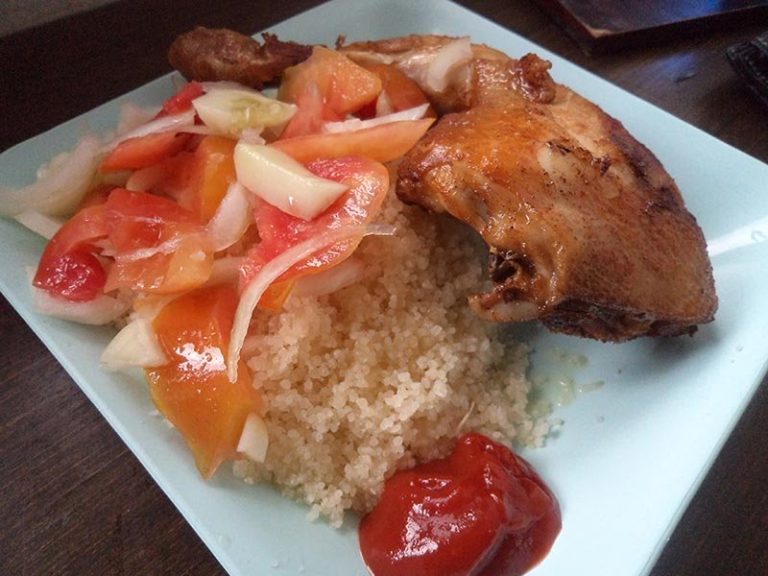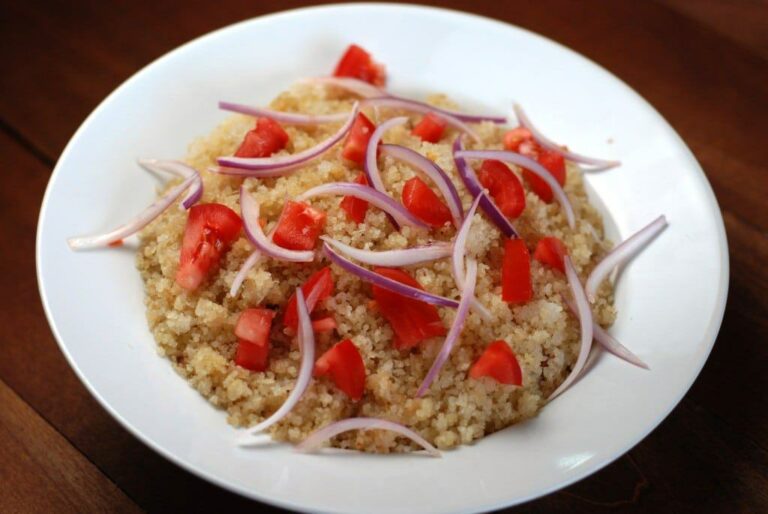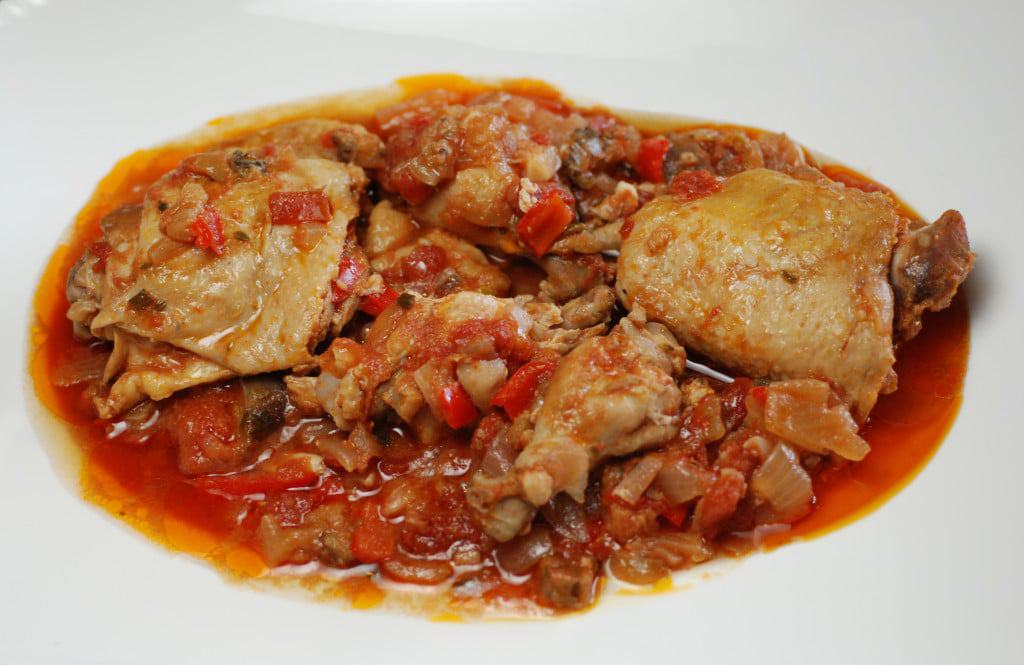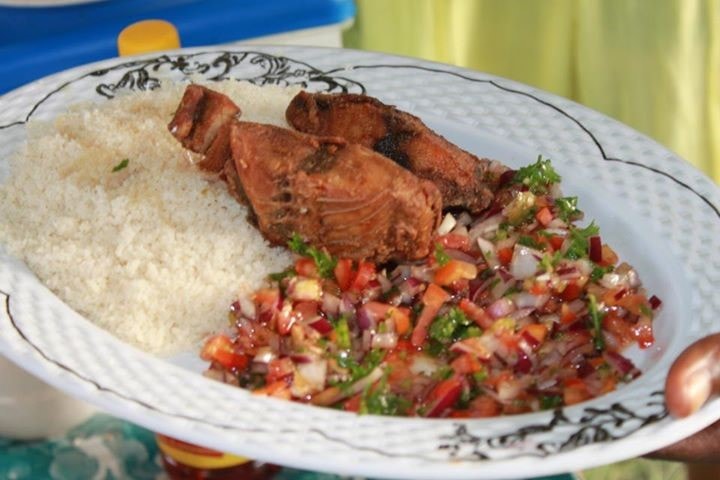Traditional Côte d’Ivoire Dishes: What to Expect
If you’re looking to explore the culinary diversity of West Africa, Côte d’Ivoire is the perfect destination. The country boasts a vibrant food culture, characterized by bold flavors, spices, and rich sauces. Traditional Ivorian dishes are often hearty and filling, and are typically made with local ingredients such as plantains, cassava, and peanuts. If you’re a fan of seafood, you’re in luck – Côte d’Ivoire is also renowned for its fresh fish dishes, which are often served with rice and vegetables.
When it comes to Ivorian cuisine, there truly is something for everyone. Whether you prefer meat, fish, or vegetarian dishes, there are a wealth of options to choose from. From the tangy, spicy flavors of garba sauce to the comforting warmth of a chicken kedjenou stew, Ivorian cuisine is sure to delight your taste buds.
Côte d’Ivoire Cuisine: A Brief Overview
Ivorian cuisine is influenced by a variety of regional and cultural factors. The country’s position on the coast means that seafood plays a prominent role in many dishes, while the use of spices and herbs reflects the strong influence of West African culinary traditions. Many Ivorian dishes are also heavily influenced by French cuisine, a legacy of the country’s colonial past.
One common characteristic of Ivorian cuisine is the use of bold, flavorful sauces and marinades. These are often made with a combination of spices, vegetables, and chili peppers, and can be used to add depth and complexity to meat, fish, and vegetable dishes. Another key feature of Ivorian cuisine is the use of starchy side dishes such as attiéké and foutou, which are made from cassava and yam respectively.
1. Alloco: Côte d’Ivoire’s Fried Plantain Dish
If you’re a fan of plantains, you won’t want to miss out on alloco. This popular Ivorian dish consists of slices of ripe plantain that have been deep-fried until crispy and golden brown. Alloco is often served as a snack or side dish, and is typically accompanied by a spicy dipping sauce made from chili peppers, garlic, and tomato paste.
2. Bangui: A Popular Ivorian Fish Stew
Bangui is a hearty fish stew that is a staple of Ivorian cuisine. The dish typically features a variety of fresh seafood, such as fish, shrimp, and crab, along with vegetables such as eggplant, okra, and tomatoes. Bangui is often seasoned with spices such as ginger and thyme, and is typically served over a bed of rice or with a side of attiéké.
3. Kedjenou: Côte d’Ivoire’s Chicken Stew
Kedjenou is a flavorful chicken stew that is popular throughout Côte d’Ivoire. The dish is traditionally cooked in a clay pot, which helps to lock in the flavors and create a deliciously tender chicken. Kedjenou is typically seasoned with a blend of spices such as garlic, ginger, and hot pepper, and is often served with a side of attiéké or rice.
4. Attiéké: A Staple Ivorian Side Dish
Attiéké is a staple side dish in Ivorian cuisine, and is made from grated cassava that has been fermented and steamed. The resulting dish has a slightly sour flavor and a texture that is similar to couscous. Attiéké is typically served alongside fish or meat dishes, and is often used as a base for stews and sauces.
5. Foutou: A Classic Ivorian Dish Made with Cassava
Foutou is another popular Ivorian side dish made from cassava. The dish is made by pounding boiled cassava and plantains together until they form a smooth, dough-like texture. Foutou is typically served with a variety of soups and stews, and is often used to scoop up sauces and meat juices.
6. Garba: Côte d’Ivoire’s Spicy Peanut Sauce
Garba is a flavorful peanut sauce that is a staple of Ivorian cuisine. The sauce is made from roasted peanuts, tomato paste, chili peppers, and a variety of spices such as ginger and garlic. Garba is typically served with meat or fish dishes, and is often used as a dipping sauce for bread or vegetables.
7. Thiéboudienne: A Delicious Ivorian Fish and Rice Dish
Thiéboudienne is a popular fish and rice dish that is a favorite in Côte d’Ivoire. The dish is typically made with fresh fish such as red snapper or tilapia, and is cooked with a variety of vegetables such as eggplant, carrots, and tomatoes. Thiéboudienne is seasoned with a blend of spices and is typically served over a bed of rice.

